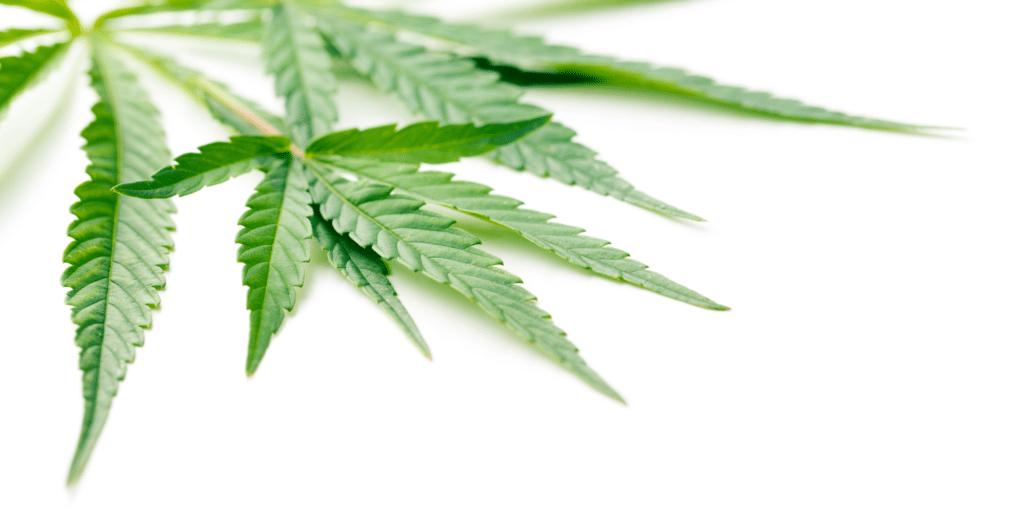Terpenes in Cannabis or The Hidden World of Aromatic Compounds
Do you know what component is responsible for the aroma of plants? It is terpenes, natural compounds found in all forms of cannabis, that give the plant its aroma. The combination of different terpenes and cannabinoids can lead to different effects, such as relaxation, invigoration, pain relief, etc. This phenomenon is known as the "entourage effect" and suggests that different components in cannabis can work together and reinforce each other's effects.
Terpenes are the main component of plant essential oils. Aromatherapy treatments often use these substances for their healing properties. Some of them entered the plants due to stressful situations. Yes, indeed, plants also suffer from stress that destroys them, or even kills them - for example, from excessive heat, light, lack of water, excess water, etc. The exact number of terpenes found in the cannabis plant varies between 100-200, depending on the various variations of scientific classification.
For example limonene is a terpene that gives citrus fruits their unique aroma. We can therefore find it in lemons and oranges. In other words, terpenes are aromatic oils that are produced by cannabis plants and give the marijuana strain a peppermint or fruity, citrus or earthy aroma.
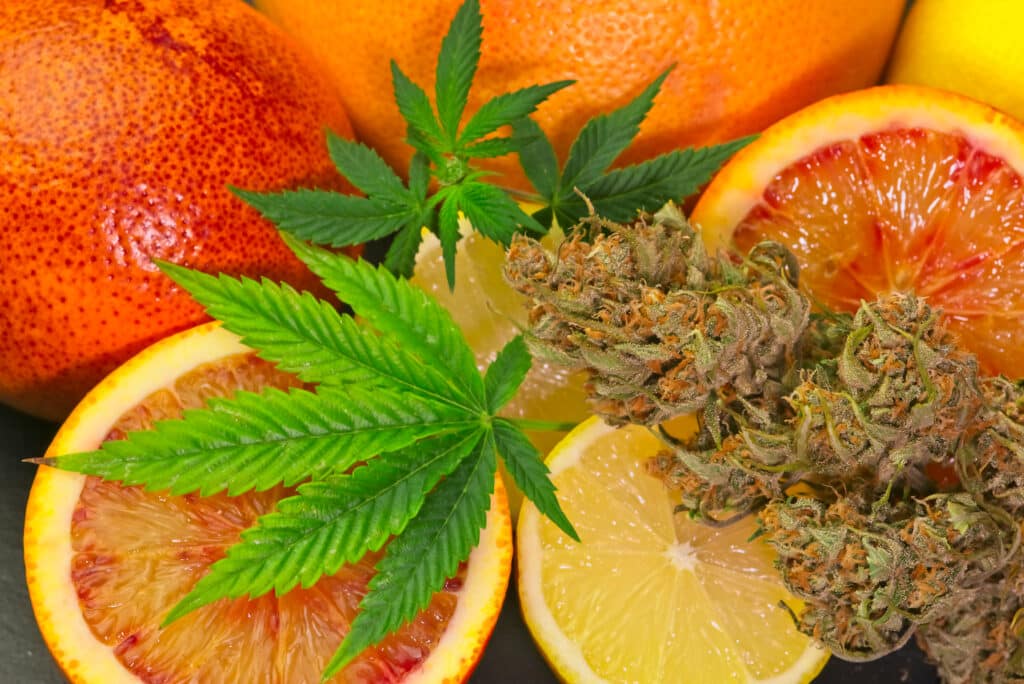
Hemp isn't the only plant that produces them. Terpenes are a large and diverse class of organic compounds produced by many types of plants, especially conifers. Terpenes give these plants their unique scents and help plants in a variety of ways
ways:
- attract pollinating insects for plant reproduction
- they repel or even kill predators
- they slow down plant maturation and regulate metabolism
Important terpenes in cannabis
Terpenes are found in a variety of types of cannabis and may have different aroma and flavor profiles. Some of the most common terpenes in cannabis include:
myrcene
Myrcene is the most common terpene found in cannabis. In some strains, more than 60% of the essential oil is myrcene. It smells very similar to cloves. Scientists consider myrcene to be a powerful analgesic, anti-inflammatory and antibiotic. Myrcene blocks cytochrome, aflatoxin B and other promutagenic carcinogens. It has a relaxing, calming, antispasmodic and sedative effect. Myrcene works synergistically with THC and may also increase psychoactive potential. Citrus essential oil contains high levels of myrcene. Many people claim that consuming mango 45 minutes before consuming psychoactive cannabis results in a faster onset and greater intensity.
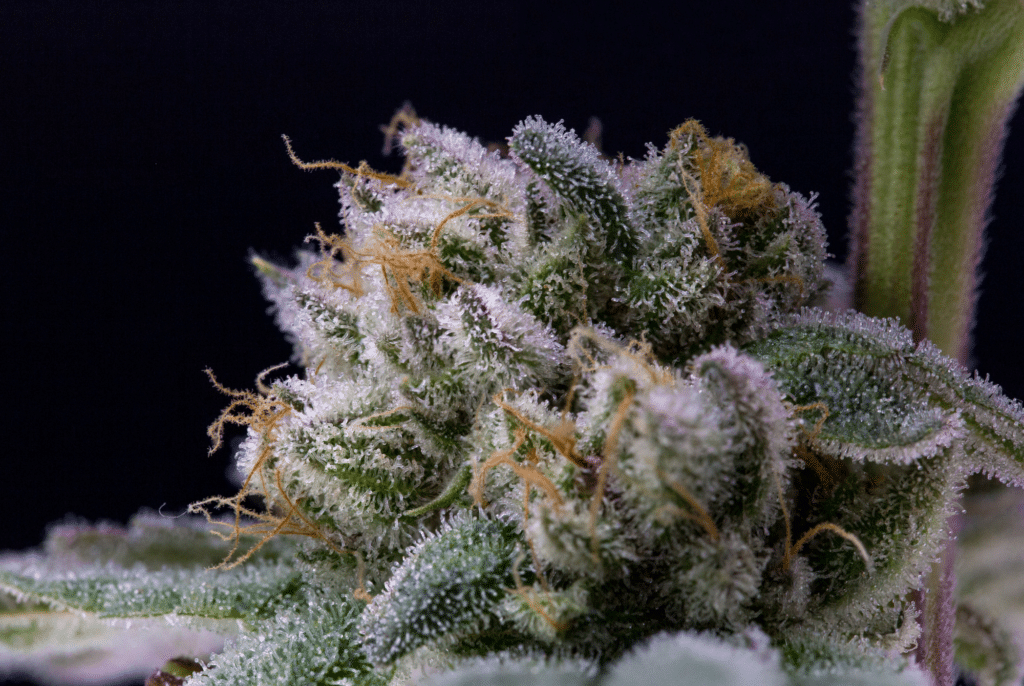
Limonen
Limonene is often the second, third, or fourth terpene found in hemp resin, creating the aroma we find in citrus fruits. Like myrcene, limonene also contains antifungal, antibacterial and anticarcinogenic properties. It is also said
that it protects against Aspergillus mold toxins and carcinogens found in smoke. 2013 Cancer Study even revealed that the terpene reduced tumors in women with early stage breast cancer. Limonene quickly and easily penetrates the blood barrier, which increases systolic pressure. In addition, some experts claim that limonene increases attention, mental focus, well-being and sexual appetite.
Citrus peel, rosemary, juniper, peppermint, and several pine oils also contain limonene.
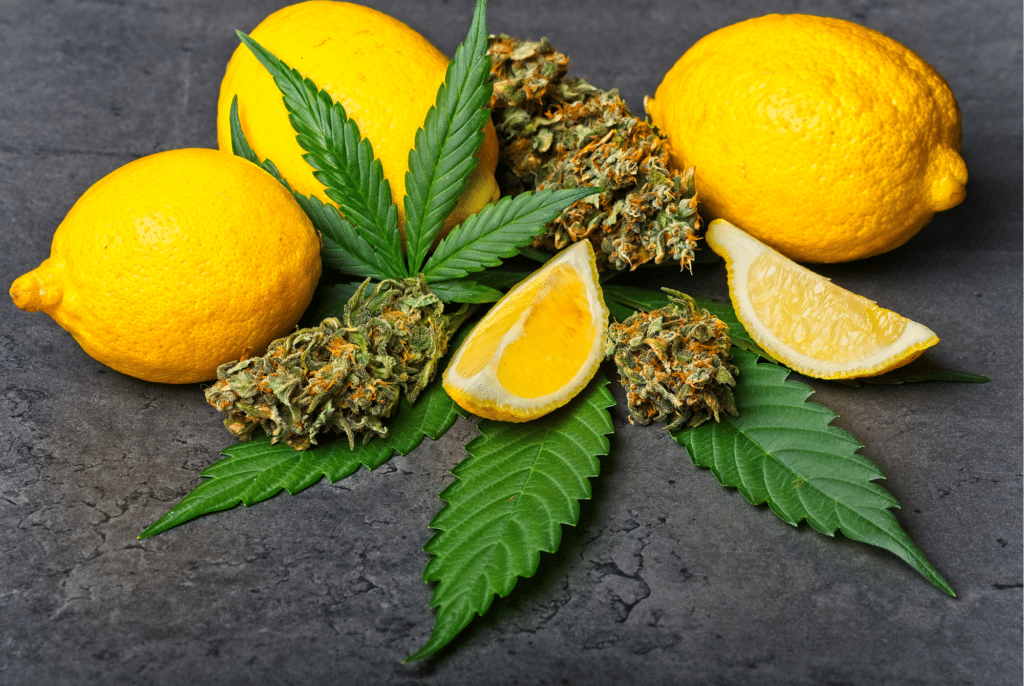
Caryophyllene
Many herbs and spices contain caryophyllene. Black pepper contains a large amount and thus gives it a spicy taste. As with the previous two terpenes, caryophyllene has anti-inflammatory, analgesic and antifungal properties. It has an affinity for the CB2 receptors in our
body, making it a common ingredient in anti-inflammatory agents and creams. Topical application of caryophyllene also relieves toothache.
The terpene Caryophyllene gives black pepper its spicy aroma. It also has anti-inflammatory properties. One interesting note about this terpene is its promising role in alcohol rehabilitation. In a study on mice, researchers found that caryophyllene reduced voluntary alcohol intake. In addition to black pepper, cloves and cinnamon contain it. Lavender also produces small amounts of caryophyllene.
Pinene
Pinene, as the name suggests, creates a scent associated with pines and firs. Doctors use pinene in medicine as an expectorant, bronchodilator, it is also used in anti-inflammatory agents and as a local antiseptic. Pinene also improves concentration,
personal satisfaction and energy. Patients suffering from arthritis, Crohn's disease and cancer can benefit from pinene. Unique fact about pinene: Smoking cannabis high in pinene can make you feel like you're taking in more air, which can lead to coughing or hyperventilation. Many conifers and other plants, balsamic resin, pine forests and some citrus fruits produce pinene.
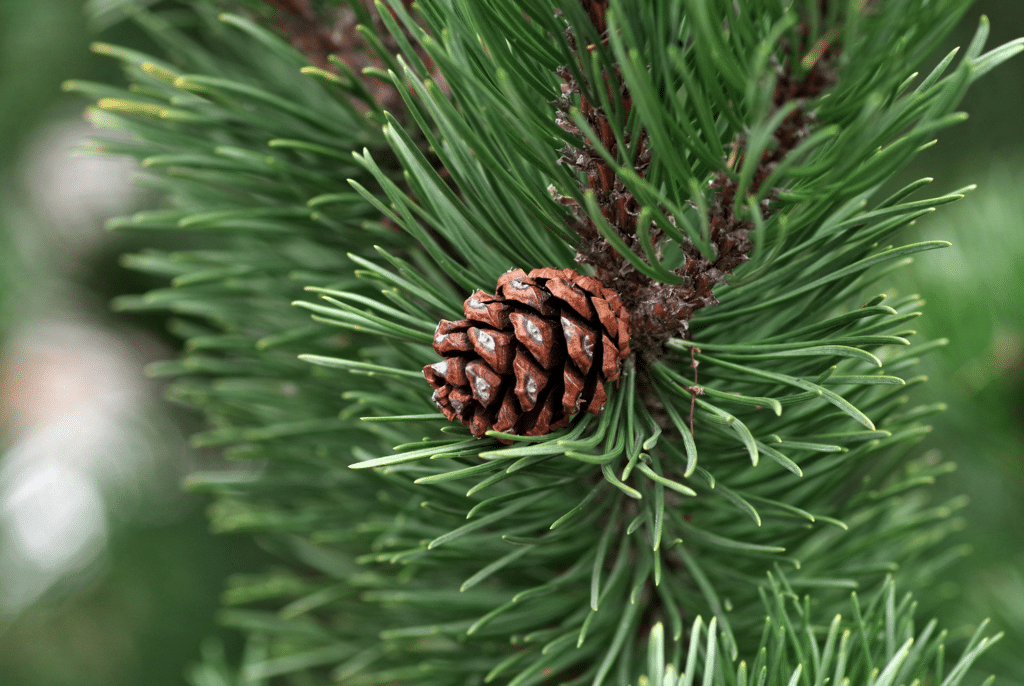
Linalool
Linalool has a floral scent similar to lavender and spring flowers. It is currently used in the treatment of various types of cancer. Linalool has a calming, anti-anxiety and sedative effect. Linalool is responsible for the sedative effects of certain psychoactive strains of cannabis. In tests on mice, their activity was reduced by 75%. It also has analgesic and antiepileptic properties. The mint plant family, which is often found in hemp and hemp, also produces the terpene linalool. Patients suffering from arthritis, depression, seizures, insomnia and cancer have found relief from this terpene. The Lamiaceae family of plants and herbs, which includes laurel, cinnamon, rosewood and birch, produces linalool. Linalool is a precursor in the formation of vitamin E.

The difference between terpenes and cannabinoids
Hemp produces hundreds of different phytochemicals belonging to several categories. Terpenes, which are found throughout nature, are the basis of the unique aroma of pine forests, orange peel, but also freshly dried hemp (marijuana) flowers. Hemp also produces a group of substances that also have unique effects, namely cannabinoids. Although substances from this group are also found elsewhere in nature, molecules such as THC and CBD are exclusively components of cannabis. It is these substances that are the basis of the unique effects of this remarkable herb. Whether it is the psychoactive effects of THC or the health-promoting effects of CBD (cannabidiol).
Cannabinoids and terpenes affect the body in different ways. Hemp cannabinoids, such as THC, attach directly to cannabinoid receptors throughout the body, thereby producing their famous effects. While terpenes bind to different receptors in the body, their effect is therefore not that specific. However, there are also substances that we classify in both categories. For example, caryophyllene is a typical example of a terpene that is also a cannabinoid. The chemical with this name provides a spicy and earthy aroma while directly binding to the CB2 receptors of the endocannabinoid system.
Can they induce an altered state of consciousness?
Terpenes do not produce a psychoactive high in the same way that THC does. They interact with the serotonin and dopamine systems and thus have a subtle effect on changing mood. These molecules also they influence cannabinoid-induced intoxication and noticeably "enhance" it. For example, limonene brings a refreshing and invigorating feeling to smoking a joint. In contrast, myrcene provides a more relaxing effect

How does the body receive terpenes?
Cannabis terpenes are mostly consumed by smoking and vaping, but this is not the rule. With each puff of dried cannabis flowers or vape foam, an amount of terpenes enters the lungs, which quickly pass into the bloodstream. Interestingly, modern innovations within the cannabis industry have meant that users no longer have to look for specific strains if they want to obtain certain terpenes. Some manufacturers of cannabis products offer terpene extracts. Many of them are isolated from natural sources, such as fruit. Users can add them to their extracts to modulate the experience they get from vaping or smoking.
Terpenes are volatile molecules, meaning they break down at relatively low temperatures. For this reason, vaping offers the best means of keeping terpenes intact. Vaporizers work through conduction heating, convection heating, or a combination of both, using much lower temperatures than those found at the end of a burning joint. In addition, modern vaporizers allow users to change the temperature setting. Since different terpenes have different vaporization points, these devices allow users to adjust the temperature to focus on the enjoyment of a particular terpene.
Terpenes along with cannabinoids such as HHC (hexahydrocannabinol), THC (tetrahydrocannabinol) and CBD (cannabidiol), affect the overall effect of cannabis and its use. The combination of different terpenes and cannabinoids can lead to different effects such as relaxation, stimulation, pain relief, etc. This phenomenon is known as the "entourage effect" and suggests that different compounds in cannabis can work together to amplify each other's effects. So why are they so important? They provide their own unique health benefits. Some companies are now even selling terpene concentrates. The customer can therefore try to process them himself.
Do you need help?
If anything is not clear to you and/or you want advice on the selection, please write to us below in the comments below the post, via contact form or send us a question by e-mail info@miralecbd.cz. Thank you
Sources: https://www.healthline.com/health/sativa-strains
https://www.medicalnewstoday.com/articles/what-are-terpenes
NOTICE: Cannabis and kratom products are exclusively for collector, industrial and technical purposes. Alternatively for further sale and processing. In no case are they intended for consumption, inhalation or smoking! The described effects are purely informative. Company Miracle CBD does not approve or otherwise support the abuse and sale of psychotropic and narcotic substances!
































